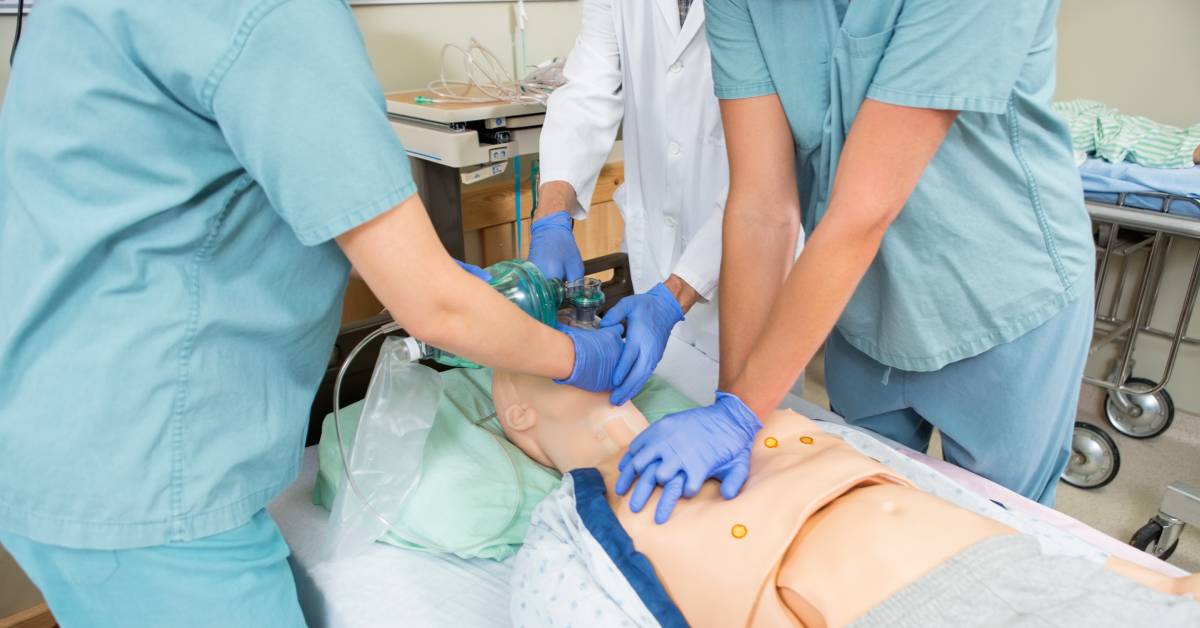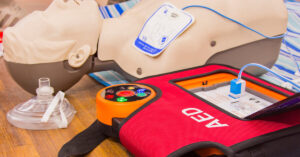Technology has revolutionized many fields, and CPR training is no exception. Advanced tools now offer healthcare professionals the chance to gain skills quicker than ever! By leveraging technology, CPR training programs have become more engaging and accessible, providing a higher standard of education. Discover the role of technology in CPR training and certification to learn how modern innovations have changed the healthcare game for the better.
Virtual Reality for Immersive Learning
Virtual reality (VR) allows professionals to practice CPR in a safe, controlled environment. VR creates realistic scenarios that healthcare workers may encounter, enhancing their ability to respond effectively. These simulations offer immediate feedback so learners can refine their techniques and be more confident in their abilities.
Online Courses Offer Flexibility
Healthcare providers benefit from the flexibility of online courses. Taking healthcare provider courses online lets people study at their own pace so that they grasp essential life-saving skills. This accessibility empowers professionals to stay current without disrupting their work routines.
Mobile Apps for On-the-Go Training
Mobile apps make CPR training accessible anytime, anywhere. These apps provide guides and tutorials for quick refreshers or in-depth learning. Having information at their fingertips helps healthcare workers maintain their skills and stay prepared for emergencies.
Sensors and Manikins for Real-Time Feedback
Advanced manikins with sensors provide real-time feedback during CPR practice. These tools measure compression depth, rate, and ventilation efficiency, offering precise data to improve techniques. This immediate feedback leads to improved competency and better patient outcomes in real-life situations.
The Role of Artificial Intelligence
Artificial intelligence (AI) optimizes personalized learning experiences in CPR training. AI algorithms analyze individual performance and identify areas for improvement. This tailored approach ensures that healthcare professionals develop strong skills so that they’re ready to apply them in critical situations.
Augmented Reality Enhances Engagement
Augmented reality (AR) overlays digital information onto the physical world, enriching learning experiences. AR tools in CPR training can highlight anatomical structures and demonstrate correct techniques, helping learners visualize complex concepts.
The Future of CPR Training
The integration of technology in CPR training will grow, and newly emerging tools, such as AI-driven analytics and VR simulations, will raise the bar for educational standards. Staying informed about these advancements prepares healthcare professionals to save lives.
By understanding the role of technology in CPR training and certification, healthcare educators and professionals can find innovative solutions for skill development. With these tools, healthcare professionals will handle emergencies confidently and maintain their commitment to patient safety.







